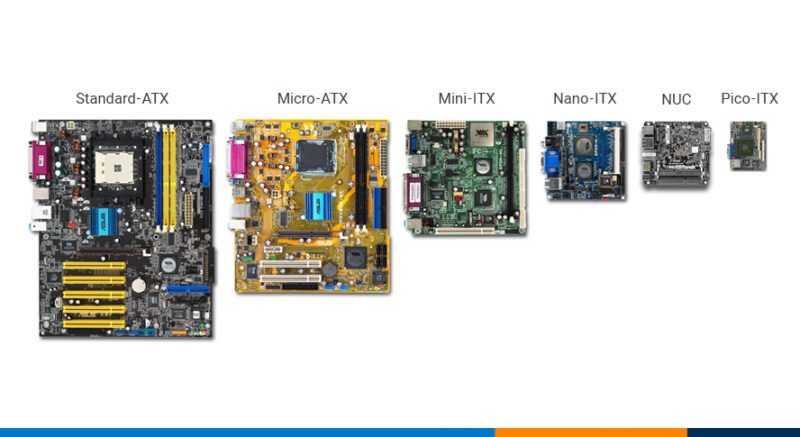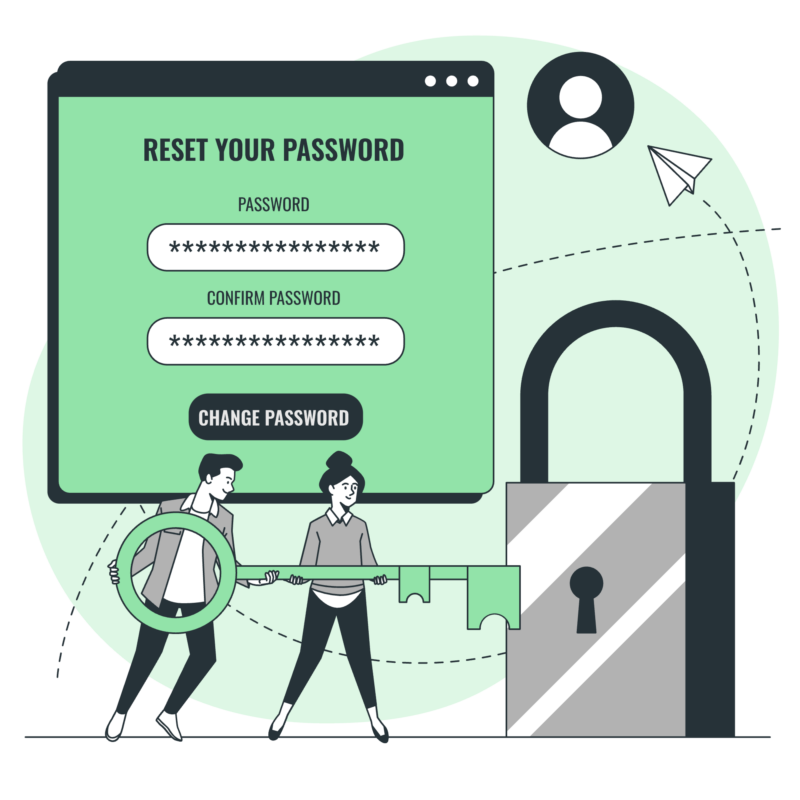⚠️ Links work only in Tor Browser. Download it from: https://www.torproject.org/download/
Catalogues
Search engines
Wiki
| Wiki | URL |
|---|---|
| Hidden Wiki | wiki2zkamfya6mnyvk4aom4yjyi2kwsz7et3e4wnikcrypqv63rsskid.onion |
| Learn Tor | findtorroveq5wdnipkaojfpqulxnkhblymc7aramjzajcvpptd4rjqd.onion/learn |
| Bitcoin Wiki | bitcoin.it |
Bitcoin
| Bitcoin | URL |
|---|---|
| Electrum Wallet | electrum.org |
| Samourai Wallet | samouraiwallet.com |
| Wasabi Wallet | wasabiukrxmkdgve5kynjztuovbg43uxcbcxn6y2okcrsg7gb6jdmbad.onion |
| Blockchair | blkchairbknpn73cfjhevhla7rkp4ed5gg2knctvv7it4lioy22defid.onion |
| Blockstream | explorerzydxu5ecjrkwceayqybizmpjjznk5izmitf2modhcusuqlid.onion |
| mempool | mempoolhqx4isw62xs7abwphsq7ldayuidyx2v2oethdhhj6mlo2r6ad.onion |
Monero
Hacking
Social
News
Books
Markets
Other
How to access darknet?
To enter darknet, download Tor Browser. It’s a modified Firefox that allows access to the dark web and is configured for higher security.
You may get Tor Browser for Windows, Linux, Mac OS and Android here:
For iOS the recommended browser is Onion Browser:
Is it legal to enter dark web?
Using Tor is legal in most countries. It’s illegal to perform certain activities: buying or selling drugs, weapons, counterfeit money, etc.
What is Tor?
Tor (The Onion Router) is an open-source software that bounces Internet traffic through a worldwide network consisting of almost million relays in order to hide user’s location and protect him against surveillance or traffic analysis. Tor makes more difficult to trace Internet activity: websites visits, online posts, instant messages and other communication forms.
How Tor works?
Your traffic passes through 3 intermediate nodes before reaching destination. Each of the 3 nodes has separate layer of encryption and nobody who watches your connection can read what you send and where.
Tor layers
- Guard node — knows your IP address but doesn’t know where you connect to and what you send to destination
- Middle node —immediate layer between guard node and exit node
- Exit node — knows destination but doesn’t know who you are
What is darknet?
The Web consists of three large areas:
- surface web — publicly accessible resources, e.g. search engines, news, social media that can be indexed by search engines
- deep web — resources not indexed by search engines, because they are protected by password or stored behind public services, e.g. companies internal platforms, medical records, research papers, legal documents
- dark web — resources that can be accessed only with specific software, they are not accessible from standard web browser, e.g. whistleblowers secure drops, secret communication channels for activist, journalists, human rights activists but also many illegal marketplaces and shops
What are onion services?
Onion services are accessible only within Tor network. Their domain names end with .onion. They are not indexed by any public search engine. The only way to enter .onion sites is to know equal address.
How to find onion services?
There are many link lists, wikis and catalogues where you can find addresses to .onion sites. There are also many link lists in clearnet but majority of them is not updated and most links do not work. Onion services usually work for small amount of time and dissappear forever.
There are many darknet search engines. They are very limited due to anonymous onion services nature.
Before accessing any darknet website, make sure that it’s legal in your country to browse content that they contain.
Link doesn’t work – is the website dead?
Tor network is run by volunteers and Tor relays are often overloaded. If you can’t access an .onion link or you see an error, this doesn’t always mean that the website was shut down. In most cases .onion service is working but unreachable due to network overload. Try to open the .onion website in few hours or days. Add the website to bookmarks by pressing CTRL+D to save its link in Tor Browser.
The most common reasons you can’t access an .onion link are:
- the website is off temporarily (try again later)
- the website is under high load (e.g. DDOS attack)
- slow relays (press Ctrl+Shift+L to try another route)
- unstable connection (check your connectivity)
- your ISP blocks Tor (configure Tor Browser to use a bridge)
Who created Tor?
The idea of onion routing was created in 1995 at the U.S. Naval Research Lab by David Goldschlag, Mike Reed and Paul Syverson in effect of a research to find a way to create Internet connections that don’t reveal who is talking to whom. The reason was to protect US intelligence communications online.
In early 2000s, Roger Dingledine (MIT graduate) with Paul Syverson began working on the onion routing project created at Naval Research Lab. To distinguish their work from other efforts, they named the project Tor (The Onion Routing).
Tor was oficially deployed in October 2002 and its source code was released under a free and open software license. In December 2006 computer scientists Roger Dingledine, Nick Mathewson and five others founded The Tor Project research-education nonprofit organization that is responsible for maintaining the software.
Tor is supported by US government, many NGOs, private foundations, research institutions, private companies and over 20,000 personal donations from people from around the World.




